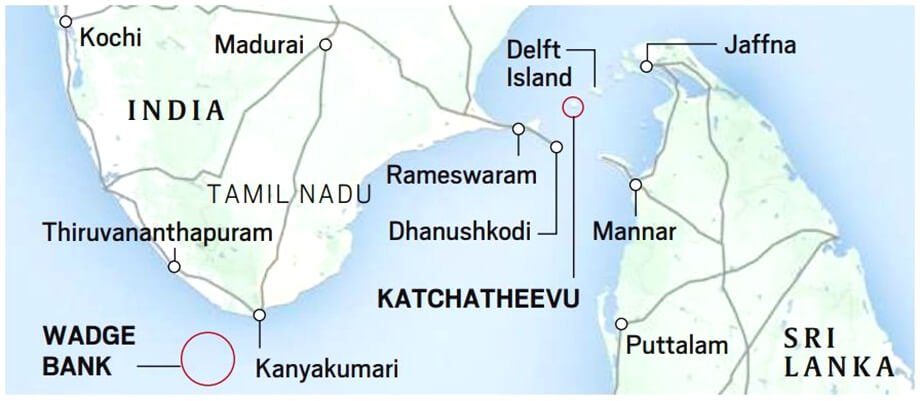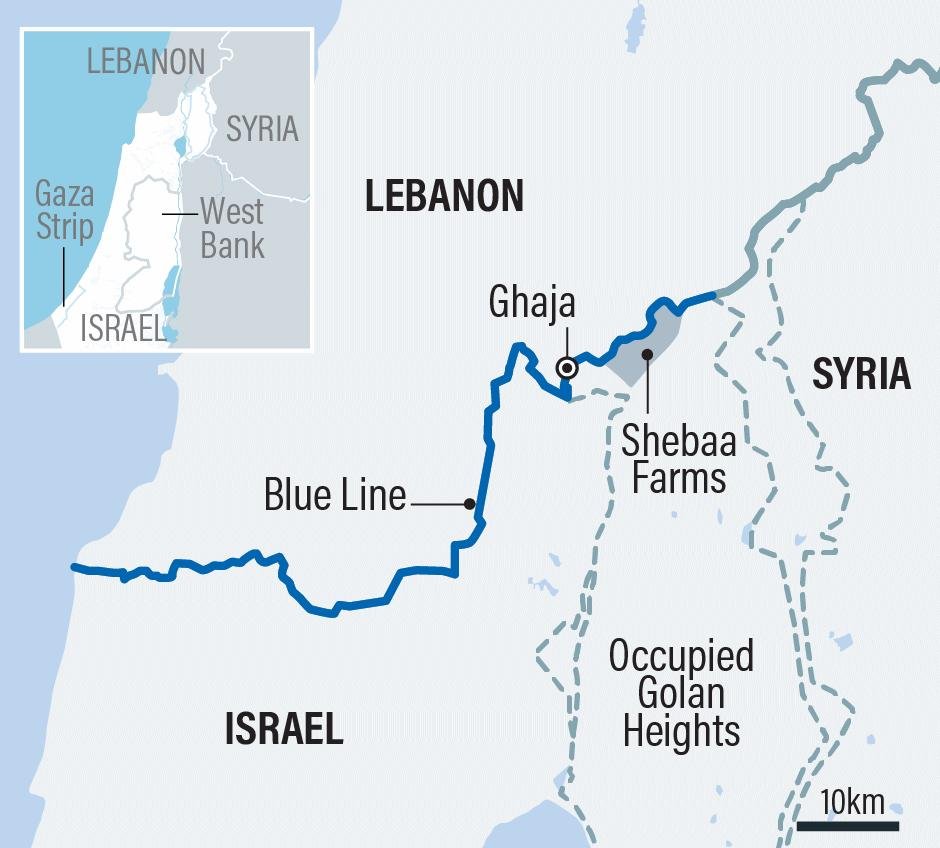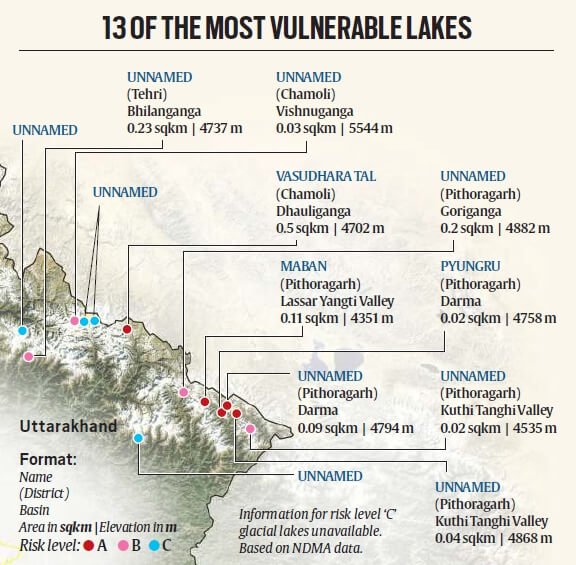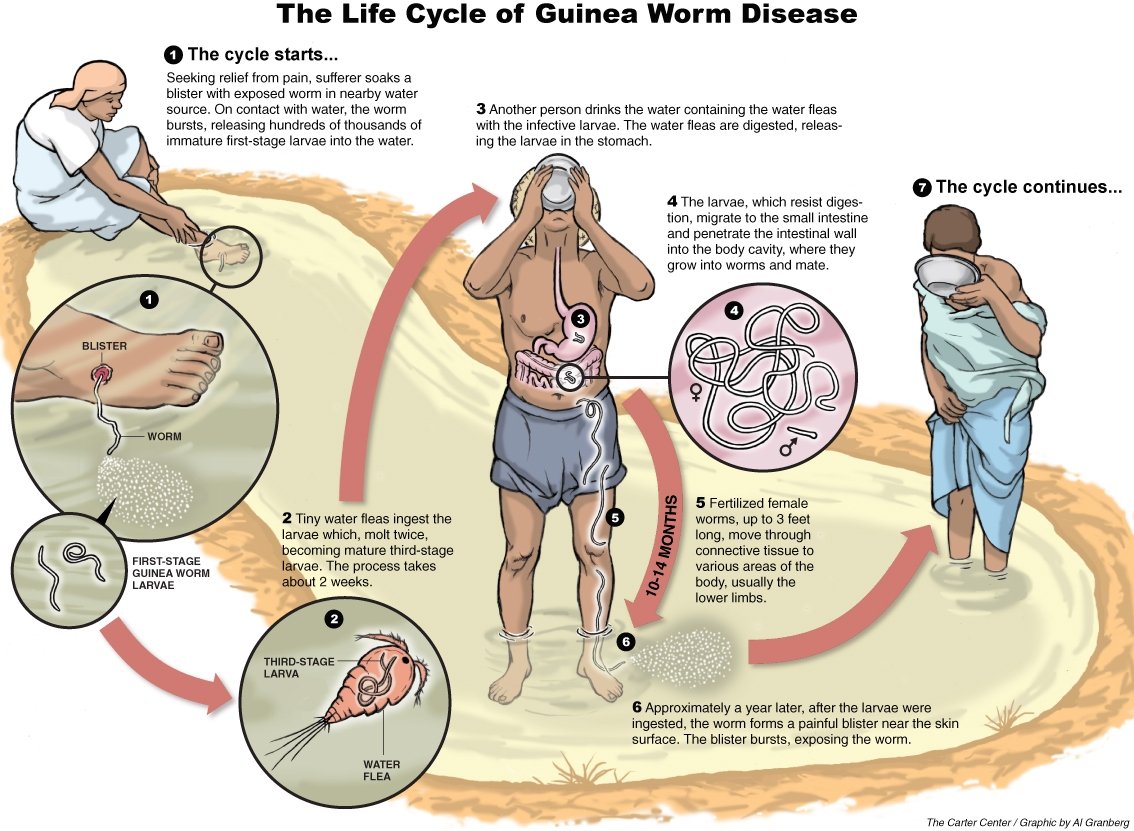
Current Affairs January 09, 2024: Public Distribution System (PDS), Counter-Drone System, Crime and Criminal Tracking Network & Systems, Poverty in India,
Subscribers of "Current Affairs" course can Download Daily Current Affairs in PDF/DOC
Subscribe to Never Miss an Important Update! Assured Discounts on New Products!
Must Join PMF IAS Telegram Channel & PMF IAS History Telegram Channel
{GS2 – Social Sector – Education} Mulya Pravah 2.0
- Context (PIB): Mulya Pravah 2.0 was released by the University Grants Commission recently.
Objective of Mulya Pravah 2.0
- It aims to build value-based institutions, including fundamental duties and constitutional values.
Need for guidelines
- Findings of a survey of human resource managers highlighted unethical practices in organisations.
- These included “favouritism; sexual harassment; gender discrimination; inconsistent view on discipline; lack of confidentiality; etc.
University Grants Commission (UGC)
|
Features
- Mulya Pravah 2.0 underscores the need for utmost administration transparency.
- It highlights the need for unbiased, objective decision-making in higher education institutions.
- It seeks to abolish the discriminatory privileges of officials and encourage punishing the corrupt.
- It mandates that provisions of the acts, policies, and procedures of universities should be upheld.
- Guidelines expect staff and student unions to “support the administration in development activities and raise issues in a dignified manner”.

Challenges
- The emphasis on confidentiality conflicts with the right to information.
- It maintains silence on the issue of teachers’ associations.
- The guideline does not define what “dignified manner” entails the scope of misuse.
{GS2 – Social Sector – Health} Poverty in India
- Context (IE): Though multidimensional poverty has declined in India, extreme poverty has remained high for the last five years.
- Poverty can be defined as a social phenomenon in which a section of society cannot fulfil even its basic necessities of life.
- The UN Human Rights Council has defined poverty as “A human condition characterised by the sustained or chronic deprivation of the resources, capabilities, choices, security and power necessary for the enjoyment of an adequate standard of living and other civil, cultural, economic, political and social rights”.
- The United Nations, under the Sustainable Development Goals (SDGs) has set the target of eradicating extreme poverty for all people everywhere by 2030.
- Extreme poverty is as living on less than the International Poverty Line (IPL) of $2.15 per day (WB).
Types of poverty
Absolute poverty vs. Relative poverty
| Aspect |
Absolute Poverty |
Relative Poverty |
| Definition | Lack of basic necessities (fixed and universal) | Income/resource inadequacy compared to societal standards |
| Measurement | Specific income threshold (e.g., $2.15/day per capita) – World Bank | Comparative to the average or median income in society |
| Focus | Essentials for survival and subsistence | Disparities and social inequality |
| Policy Implications | Focus on providing basic needs and essential services | Address income inequality and improve overall conditions |
| Long-Term Trends | Relatively stable unless significant changes occur | Can change with economic growth, social policies, and income distribution shifts |
Poverty Estimation in India
- Niti Aayog (earlier planning commission) estimates poverty using NSSO data.
- Every five years, NSSO conducts surveys to collect household consumption expenditure.
- Monthly per capita consumption expenditure is used to determine the poverty line.
- Poverty line estimates vary depending on the methodologies developed by various expert panels.
- The Ministry of Rural Development conducts the BPL census.
Poverty Estimation Committees in India
| Committee | Year | Methodology | Poverty Line (Monthly Per Capita Expenditure) |
| Alagh
Committee |
1979 | Based on calorie consumption | Rural: 2100 calories, Urban: 2400 calories |
| Lakdawala Committee | 1993 | Modified mixed approach | Rural: Rs. 328 (1993-94 prices), Urban: Rs. 454 (1993-94 prices) |
| Tendulkar Committee | 2009 | Modified mixed approach | Rural: Rs. 672, Urban: Rs. 859 (2004-05 prices) |
| Rangarajan Committee | 2012 | Modified mixed approach | Rural: Rs. 972, Urban: Rs. 1407 (2011-12 prices) |
Status of Poverty in India
- From (2019-20 to 2023-24) headcount poverty/ratio declined very meagerly at 0.3 per cent.
- The Head Count Ratio (HCR) is the percentage of a population that falls below the Poverty Line.
- India’s HCR is 25.01% (NITI Aayog’s National Multidimensional Poverty Index (2021)).
- In 2023, India had the highest number of people (160 million) in extreme poverty.
Dimensions of Poverty
Multidimensional poverty
- While traditional measurement of poverty is based solely on income levels, the multidimensional poverty concept is based on various dimensions (health, education, standard of living, access to basic services, and more).
- The purpose of measuring multidimensional poverty is to provide a more comprehensive understanding of individuals’ challenges.
- This approach allows policymakers to develop more targeted and effective interventions.
- The Global Multidimensional Poverty Index (MPI) and the National Multidimensional Poverty Index are the commonly used tools for quantifying and analyzing multidimensional poverty in India.
Status of Multidimensional Poverty in India
- As per UNDP’s MPI, Multidimensional Poverty halved (55.1% to 27.7%) between 2005-06 and 2015-16. That means about 271 million people moved out of poverty.
- As per NITI Aayog’s MPI, Multidimensional Poverty dropped from 24.85% to 14.96%. That means about 135 million people were lifted out of multi-dimensional poverty.
- The decline results from improved access to sanitation, schooling, cooking fuel, etc.
Causes of poverty in India
- Overpopulation: India’s population exceeds 1.3 billion people, leading to a scarcity of food resources.
- Limited job opportunities and a high underemployment rate contribute to income instability.
- Agricultural Issues: Dependence on traditional farming methods, lack of modern technology, and unpredictable weather conditions lead to low agricultural productivity, affecting the income of rural farmers and causing poverty.
- Widespread corruption in various levels of government and institutions can divert resources away from poverty alleviation programs.
- Caste-based discrimination and social inequalities can restrict access to resources, education, and employment opportunities, contributing to persistent poverty.
- Limited access to healthcare facilities can lead to increased medical expenses and lost productivity due to illness, pushing families into poverty.
- Inadequate infrastructure, such as lack of proper roads and transportation facilities, hampers economic development in remote areas, limiting opportunities for income generation.
- Natural Disasters: Natural disasters (floods, cyclones, pandemics) can devastate communities, destroy livelihoods, and set back economic progress, pushing people further into poverty.
Programmes for poverty alleviation
- MGNREGA
- Deendayal Upadhyay Antyodaya Yojana (DAY)
- National Health Mission
- Pradhan Mantri Suraksha Bima Yojna
- Atal Pension Yojana
- Pradhan Mantri Jeevan Jyoti Bima Yojana
- Pradhan Matri Awaas Yojana
- Jawaharlal Nehru National Urban Renewal Mission (JNNURM)
- National Food Security Act (2013)
Way Forward
- Changing Strategy of Economic Growth: A shift towards labour-intensive growth, avoiding capital-intensive technologies, is suggested.
- Agricultural Growth and Poverty Alleviation: Agricultural growth is inversely related to poverty. Lessons from Punjab and Haryana emphasise the role of new high-yielding technology.
- Infrastructure development, including roads and power, creates jobs and boosts labour productivity.
- Accelerating Human Resource Development enhances employability and income levels, as seen in the successful case of Kerala.
- Growth of Non-Farm Employment: especially in marketing, transportation, and handicrafts, plays a key role in poverty reduction. Examples from Haryana and Andhra Pradesh highlight the importance of non-farm employment.
- Access to Assets and Credit: Land reforms contribute to poverty reduction, including redistribution and credit availability to small farmers and non-farm sectors.
Conclusion
- Economic growth alone may not guarantee poverty reduction. Pro-poor and inclusive growth, focusing on human development through education and healthcare, and institutional reforms like land redistribution are crucial for sustained poverty reduction.
Current Status of the Indian Economy is Optimistic
|
{GS3 – Agri – PDS} Public Distribution System (PDS)
- Context (IE ): ED officials & CRPF personnel were attacked during an attempt to enter a TMC leader’s home in connection with the alleged PDS corruption scandal in West Bengal.
- PDS is a Government-run program for distributing essential commodities to vulnerable sections of society. Essential commodities distributed are wheat, rice, sugar, kerosene, etc.
- Some states/UTs also distribute additional items for mass consumption through the PDS outlets, such as pulses, edible oils, iodised salt, spices, etc.
- Under the PMGKAY, five kg of food grains per person per month are free to all beneficiaries covered under the NFSA. This was in addition to the food grains already provided under NFSA.
- The Ministry of Consumer Affairs, Food, and Public Distribution administers PDS and PMGKAY.
- It is operated jointly by the Central and the State Governments.
- The central government oversees food grain acquisition, storage, shipping, and bulk allocation.
- State governments are responsible for identifying beneficiaries and distributing grains to consumers through the Fair Price Shops.
Objectives of PDS
- Ensure the availability of essential commodities at reasonable prices (food security to all).
- Prevent hoarding and black-marketing.
- Mitigate the impact of inflation on vulnerable populations.
Significance of PDS
- Key tool for poverty alleviation and ensuring social welfare.
- Acts as a safety net, particularly for the poor.
- Provides Farmers with a stable market and income by purchasing at MSP.
- In times of famine or drought, it provides a buffer against food shortages.
- PDS contributes to preventing malnutrition, particularly among children and pregnant women.
- Helps to redistribute grains by supplying food from surplus regions to deficient regions.
How does PDS Function?

Evolution of PDS
| Chronology |
Key Developments |
| Around World War II |
|
| Till 1960s |
|
| After 1960s |
|
| 1970s |
|
| Till 1992 |
|
| June,1992 |
|
| June,1997 |
|
| December, 2000 |
|
| September,2013 |
|
| Recent Years |
|
Issues Associated with Public Distribution System (PDS) in India
- Leakages and Diversion: Commodities intended for the poor are often diverted to the open market,
- Challenges in identifying and targeting beneficiaries lead to inclusion and exclusion errors.
- Supply Chain Challenges: Inefficiencies in procurement, storage, and transportation.
- Monocropping: The provision of MSP has encouraged farmers to divert land from producing coarse grains consumed by the poor to rice and wheat.
- Rising Food subsidy: It has increased from Rs 21,200 Cr (2002-03) to Rs 2.2-lakh Cr (2019-2020).
Ways to improve PDS
- Reduces exclusion errors by implementation of a universal PDS. For example, Tamilnadu.
- To weed out ineligible beneficiaries, states are encouraged to link Aadhaar numbers.
- To reduce leakage and diversions,
- Promote Direct Cash Transfers (DBT).
- Computerization of PDS as recommended by the Justice Wadhwa Committee. States like Chhattisgarh and Gujarat are recognized as models for these efforts.
- Promote digitalisation measures such as digitising ration cards, GPS delivery tracking, and SMS-based citizen monitoring.
- Public participation through social audits and participation of SHGs, Cooperatives, and NGOs will ensure the transparency of the PDS system at ground level.
- Implementation of Shanta Kumar committee recommendations:
- Reduce the coverage of PDS by excluding relatively well-off households.
- Consider direct cash transfers to beneficiaries instead of the physical distribution of food grains.
- Decentralization of procurement operations, i.e. the committee recommended involving states and local agencies in procurement operations.
- Exploring involvement of the private sector in procurement, storage, and distribution processes.
- Review the MSP mechanism for food grains to ensure a fair and remunerative price for farmers while addressing concerns about overemphasising rice and wheat.
- Need to shift the focus towards promoting the cultivation, procurement, and distribution of millet and nutri-cereals to diversify the PDS and enhance nutritional outcomes.
- Review buffer stock norms to avoid excess accumulation and wastage of food grains.
{GS3 – Envi – Conservation} Threat of Extinction to Bird Species
- Context (DTE): The bird species in northeastern India, which started shifting to higher elevations to beat the heat, are facing the threat of extinction.
- The logged forests (particularly Tropical Montane Forests) speed up the transition.
- Based on conditions, the species adapt to climatic change and shift their ranges upward.
- However, individuals of the same species find it hard to sustain climate change in the long term due to a lack of resources and difficulty in maintaining demographic vital rates.
- Fewer large species can be seen due to insufficient resources matching their energy requirements.
- Birds with smaller sizes adapted to higher temperatures when compared to larger birds.
- The bird population at the cold-edge limit has higher survival rates than those at warm-edge limit.
|
{GS3 – Envi – Conservation} Tree cover
- Context (DTE): Increasing forest cover only by planting Trees could be detrimental in the long term.
Various Policies that Promote Planting of Trees in India
- The 15th Finance Commission acknowledges the varying forest canopy cover across India for devoting funds to states.
- International commitments, for example, the Bonn Challenge
- Bonn Challenge: India joined the voluntary Bonn Challenge pledge to bring 26 million hectares of degraded and deforested land into restoration by 2030.
- Green India Mission
- Compensatory Afforestation Fund Act
- Various State schemes, for example, Haritha Haram of Telangana.
- National Forest Policy of India (1952), 33 percent of land should be under forest.
Negative effects of tree planting
- Loss of grassland and scrub ecosystems.
- Loss of grazing land available for pastoral communities.
- Promotes monoculture plantations because trees like teak and eucalyptus are promoted as they can grow quickly enough to be picked up in satellite images.
- A recent study in the Nature Geoscience journal showed that with increased tree plantations, there was an almost 38 per cent decline in water availability in some river basins globally.
Way forward
- Tree cover is not the only good indicator of the health of an ecosystem. We need to promote the conservation of grasslands and other open ecosystems,
- Restoring degraded land to its original state of grasslands or scrub vegetation with native trees will be more rewarding than creating monoculture plantations of teak, bamboo or eucalyptus.
{GS3 – S&T – Defence} Counter-Drone System
- Context (TH): The Defence Research and Development Organisation (DRDO) has developed a counter-drone system and it is ready for production.
- A counter-drone system detects, identifies, and neutralises drones or unmanned aerial vehicles (UAV).
- The technology is capable of countering attacks, soft kill and hard kill of all types of drones.
- It can be customised for different challenges.
High-end drones by DRDO
1) Tapas Medium Altitude Long Endurance (MALE) UAV
- It is developed for Intelligence, Surveillance, Target Acquisition, and Reconnaissance (ISTAR) applications.
TAPAS-BH (Tactical Airborne Platform for Aerial Surveillance-Beyond Horizon)
- It is a MALE UAV operating at an altitude of 30,000 feet.
- It has an endurance of 24 hours and covers a range of 250 kilometres.
- The system integrates advanced military-grade Electro-Optical (EO) and Synthetic Aperture Radar (SAR) payloads, enhancing its surveillance capabilities.
EO Payloads
SAR Payloads
|
2) The Archer
- The Archer is a short-range weaponised unmanned aerial vehicle (SR-UAV) created by India’s Aeronautical Development Establishment (ADE).
- The Archer-NG (Next-Generation) armed drone possesses a commanding range of up to 250 kilometres Line of Sight (LOS) and extends up to 1,000 kilometres through SATCOM (Satellite Communication) Beyond Line of Sight (BLOS) communication.
- It offers options for both conventional and automatic take-off and landing.
- It can operate at altitudes of up to 30,000 feet.
Concerns with the technology
- The unavailability of drone batteries in the country.
- The older drones used nickel-cadmium and silver-zinc batteries as secondary power sources.
Nickel-Cadmium (NiCd) vs. Silver-Zinc (AgZn) Batteries
Weight
- Silver-zinc batteries are lighter, weighing one-third to one-fifth the weight of NiCd batteries.
- Despite the weight difference, they provide similar energy output.
Energy
- Silver-zinc batteries offer more energy than nickel-cadmium batteries of the same weight.
Life Cycle
- Nickel-cadmium batteries have a longer life cycle compared to silver-zinc batteries.
- However, silver-zinc batteries have lower terminal voltage despite their shorter life cycle.
DRDO
|
{GS3 – S&T – IT} Crime and Criminal Tracking Network & Systems (CCTNS)
- GoI has claimed that over 99% of first information reports (FIR) were filed through CCTNS.
- After the 2008 Mumbai attacks, the then-Home Minister proposed the CCTNS concept in 2008.
- The CCTNS is based on the Common Integrated Police Application (CIPA) launched in 2004-05.
- The Nodal Ministry MoHA has been carrying it out as a “Mission Mode Project (MMP)” since 2009 under the National e-Governance Plan (NeGP).
- The National Crime Records Bureau (NCRB) is implementing CCTNS.
- The CCTNS project has been expanded to incorporate police data with the other elements of the criminal justice system, including the courts, prisons, prosecution, forensics, and fingerprints.
- A new system called the “Inter-Operable Criminal Justice System (ICJS)” was created in 2017.
Objectives Of CCTNS
- To provide a pan-India search on the National Crime and Criminal Records Database.
- To make police operations more accessible to citizens and transparent by automating the operation of police stations.
- To provide citizen-centric police services through a web portal.
- To reduce the need for manual record keeping.
- To digitise police processes (FIRs, Investigations, Challans).
- To promote interaction and information sharing among police stations, districts, state/local headquarters, and other law enforcement agencies.
- Improve justice delivery by sharing crime and criminal data among police stations, courts, prisons, forensics, and prosecution.
Working of CCTNS
- CCTNS aims to integrate all crime data and records in India into Core Application Software (CAS).
- The CCTNS project includes horizontal connectivity, which connects police functions at the State and Central levels to external entities.
- The CCTNS also has vertical connectivity of police units (linking police units at various levels within the States – police stations, district police offices, state headquarters, SCRB, and other police formations).
Key features of CCTNS
- Interconnects about 15,000 police stations (All 35 States and UTs) and 5,000 offices of supervisory police officers nationwide.
- Digitize data related to FIR registration, investigation, and charge sheets.
- Provide a central citizen portal with linkages to state-level citizen portals.
- It would help in developing a national database of crime and criminals.
- The project also involves training police personnel.
Significance of CCTNS
-
For the Police Department and NCRB
- Enhanced tools for investigation.
- Centralized crime and criminal information repository, criminal images, and fingerprints.
- Enhanced ability to analyse crime patterns and modus operandi
- Reduced workload for the police station back-office activities.
- Better coordination and communication with external stakeholders by implementing electronic information exchange systems.
- Easy and low-cost scalability of crime and criminal systems in the future.
-
For the citizens
- Multiple channels to access police services.
- Simplified process for registering petitions and accessing general services such as certificate requests, verifications, and permissions.
- Simplified process and accurate tracking of the case’s progress during trials.
- Simplified and accurate access to view/report unclaimed/recovered vehicles and property.
- Simplified process and channel for grievance registration.
- Improved relationship management for victims and witnesses.
Inter-Operable Criminal Justice System (ICJS)
- ICJS is a national platform for enabling integration of the central IT system used to deliver Criminal Justice in the country.
- It seeks to integrate the five pillars of the system, viz
- Police (through Crime and Criminal Tracking and Network Systems),
- E-Forensics for Forensic Labs,
- E-Courts for Courts,
- E-Prosecution for Public Prosecutors and
- E-Prisons for Prisons.
- The project will be implemented with the States and Union Territories.
- NCRB will implement the project with the National Informatics Centre (NIC).
National Crime Records Bureau (NCRB)
- It is headquartered in New Delhi and was set up in 1986 under the Ministry of Home Affairs.
- It functions as a repository of information on crime and criminals to assist the investigators in linking crime to the perpetrators.
- It was set up based on the recommendations of the National Police Commission (1977-1981) and the MHA’s Task Force (1985).
- NCRB brings out the annual comprehensive crime statistics nationwide (‘Crime in India’ report).
{GS3 – S&T – IT} Rejupave Technology
- Context (TOI): The Border Roads Organisation (BRO) has recently utilised Rejupave technology.
- It applied at the world’s highest Sela Road tunnel in Arunachal Pradesh.
Sela Tunnel
|
About the Technology
- Rejupave technology is developed by CSIR-Central Road Research Institute (CSIR-CRRI).
- High-altitude bituminous roads constructed by it can sustain sub-zero temperature conditions.
- This technology’s asphalt modifier is bio-oil-based, lowering the heating requirement.
- It also results in negligible heat loss in the bituminous mix during transit despite long haulage time amid snowfall.





![PMF IAS Environment for UPSC 2022-23 [paperback] PMF IAS [Nov 30, 2021]…](https://pmfias.b-cdn.net/wp-content/uploads/2024/04/pmfiasenvironmentforupsc2022-23paperbackpmfiasnov302021.jpg)












